In today’s digital age, mobile phones, tablets, smart TVs, computers, smart homes, etc. have all gone into millions of households and even become necessities. But no matter how many such digital products, they all need to - routers to connect them and keep the Internet. Traditional routing often cannot solve the "dead ends" problem of network coverage. Especially for some large-sized homes, although the network signal is good in the living room and the master bedroom, the signals in the bedrooms, dens and other places are weak, unstable, or even completely unobstructed. Users complain about it.
In addition to the problem of signal coverage, the beauty of router appearance has also become a pain point for users. At first, people thought that both the good and bad of the signal depended on the number of antennas of the router, which led people to not care about its beauty when choosing a router. However, after all, routers are used at home, and the unsightlyness of one place will have an impact on the whole.
On July 6, 2016, Huawei's route Q1 was released in Beijing and launched online on the same night. The concept of "Mother-in-One Routing" is designed to provide a new Wi-Fi solution for large-sized/complex units. Black is simple and elegant, breaking the tradition. The shape of the overhead antenna of the routing set combines aesthetics and practicality, and has been widely popularized by consumers since the online sale.

I also recently got this unique design of the router: Huawei routing Q1, let us personally experience it.


The most important feature of Huawei's routed Q1 is that it uses a built-in antenna design, which is aesthetically pleasing. At the same time, it has innovatively designed "child routing". The mother routing has a built-in high-performance antenna and an independent signal amplifier with a stronger signal. There is also a sub-route that plugs directly into the socket to extend the signal coverage. This design is somewhat similar to polar routing and polar satellites, claiming to cover two-storey villas.

Let's talk about Yan value first. In the traditional impression, the bigger the router is, the better the heat dissipation is, and the more signals the router has, the stronger the signal. The author does not deny the uncertain attitude, because the large size does not mean that the excellent internal heat dissipation of the chip is excellent, and that the antenna does not mean that the antennas do not interfere with each other properly. However, this kind of router is a little affirmative - not beautiful, I believe no one will put spider crab shaped router placed in the most conspicuous position in the living room, according to the traditional processing will be thrown into a corner to collect dust . However, the corner is precisely the dead point of the router. In the corner of the corner table will block the launch of the router's new number, so again reduce the signal quality of the router.

Let's talk about parent routing first. We got the elegant black color version, quiet atmosphere, size is 194.3 × 150 × 65 mm, this body size, almost perfectly integrated into any place in the home, and will not destroy the beauty of home.
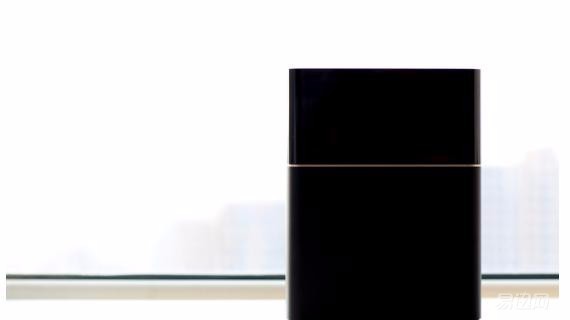
Specially conspicuous is the golden route of the mother route, divide the host computer to golden ratio, make the concise styling more enduring, classic. We can discover that from paintings to sculptures to architecture, these great works contain a proportion of magical power, that is, golden proportions, and emotional works can also find rational basis.

Huawei Q1's parent route has a porous heat sink on the bottom and two foot pads on both sides to prevent slippage and avoid falling on the table.
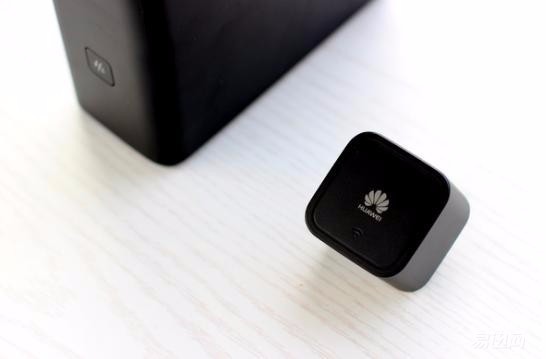
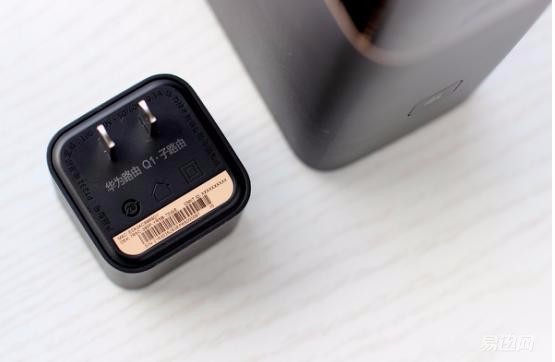
Huawei routed Q1 to improve the coverage, there is no dead corner of the signal, and there is an equally subtle route. The sub-routing body is mini, exquisite and compact, only the size of the power adapter, measurements size 46 × 46 × 38 mm, half the width of the general bank card. This will not occupy the adjacent jack, the design is very humane, so intimate in the details.

Huawei's routed Q1 not only has a built-in antenna design compared to the traditional route, but also integrates the indicator interface of the traditional route. The front of Huawei Routing Q1 is very simple. Only one button labeled "Hi" is set. All functions are integrated on this button and Huawei's transformation to intelligent routing is also displayed.

This "Hi" button integrates functions such as power supply, main and sub-routing connections, and network prompting lights. After the Huawei route Q1 parent and child routes are connected and connected to the power supply, after the sub-role routing accesses the network cable, you only need to press the Hi button. The two routers can quickly implement the expansion function. At the same time, the parent route of a Huawei route Q1 can access seven sub-routes at the same time, which truly achieves the goal of no dead ends on the network.
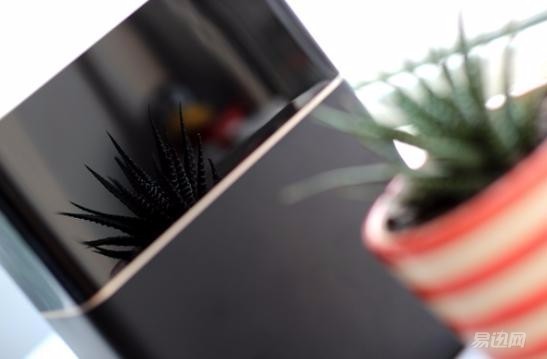
After seeing the full-body design, we summarize the appearance of it. Huawei's Q1 design is simple and elegant without losing its elegance. It surpasses the silly black design of traditional routers. It is placed on desks, TV cabinets, and even the study rooms. The computer desk will not only have a sense of disobedience, but can even increase the integral decorativeness.

On the design is no longer go into details, after all, the router is a functional product rather than focusing on value, high natural value is a good thing but not the most important. Our most concern should be its practicality. We can see the same simple design on the back of the parent routing. There are two LAN interfaces, one WAN interface, and then the power port and the reset button. Absolutely enough for most families.

The Huawei Route Q1 innovative design "Kinoko" is based on Huawei's HiLink technology and creates a "Distributed Wi-Fi" that is a new Wi-Fi solution for Huawei.
The advantage of Huawei routed Q1 sub-routes over traditional route relays is that they can be deployed in one step, without the need to estimate the location of relay routes. And it will be higher than the traditional wifi relay transmission rate. The use of sub-routes is very simple, plug and play, without any configuration. All sub-routes can automatically learn the configuration of the parent route. This is very friendly for the digital white. Even if there is a change in the parental road, it can be automatically learned to ensure that the family always has a Wi-Fi name and secret. And Huawei's distributed Wi-Fi can automatically optimize the network.
Which room needs, in which room inserts the sub route, is almost without any restriction, here we carry on the concrete test.
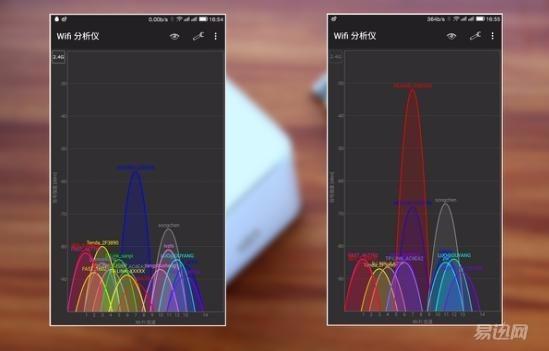
After installing the parent route of Huawei route Q1 in the living room, the data graph displayed on the left wifi analyzer is the signal strength of the master bedroom. The blue one is the signal diagram of the parent route of Huawei route Q1. It can be seen that the strength of the parent routing signal of the Huawei route Q1 is around -65 dB (which will randomly float). In fact, this signal strength has completely satisfied the normal Internet access requirements of the wifi device. After we add the sub-routing of Huawei route Q1, we will find that there is a red signal curve with the same name as the blue wifi signal in the wifi analyzer diagram. This signal strength reaches about -32db, which is almost to put the phone next to the router. Signal strength.
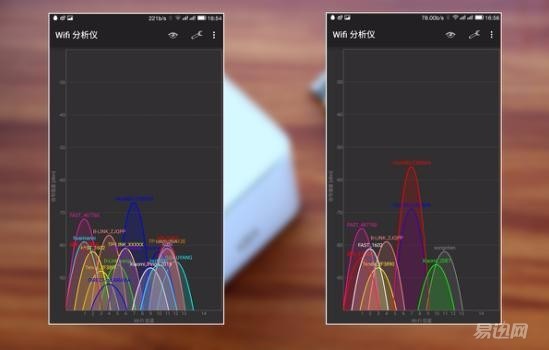
Then a set of tests was done. The phone was taken from the living room to the corridor without the sub-routing of Huawei routed Q1. At this time, the signal of the parent route of the blue-colored Huawei route Q1 was at -70db. Nearby, from the phone's status bar, you can also see that the strength of the wifi signal has become two cells, then there will be a certain delay in the use of mobile phones. On the right, Huawei routes Q1 sub-routes are enabled in the same area. At this time, the extra red wifi signal reaches -55db, and the cell phone signal strength also recovers.
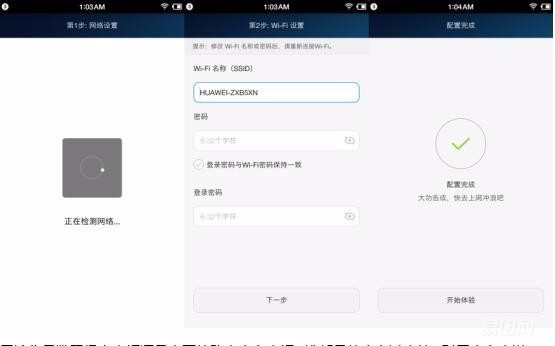
Whether you are a digital geek or a real-world white-skyline router, whoever comes from Xiaobai, any small setup for Xiaobai is enough to make him scratch his head. Huawei router Q1 is really simple in setting this aspect. You only need to download the HiLink client from your mobile phone and then connect the mobile phone to the routing wifi. It will be set automatically. All you need is to set up an Internet password simply. Users do not need to know whether the IP address of the configuration page is 192.168.1.1 or 192.168.2.1 or other. Currently, there are no other routers on the market to support such functions.
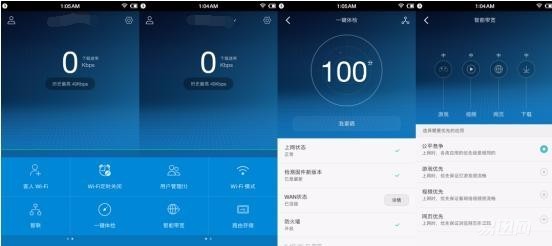
Through Huawei HiLink APP, you can realize many functions. Even if you are not at home, you can easily manage your home network through the mobile phone. For example, real-time network monitoring, wifi timer shutoff, smart broadband can make movies and online games work in harmony, and guest wifi and other modes. It is worth mentioning that the Smart Link feature allows Huawei Link Q1 to link with Huawei Smart Home Products at the touch of a button. All devices that support the HiLink protocol can be connected to the Huawei routed Q1 and managed by one-key access.

In fact, after experiencing Huawei's route Q1, stop and think about it. The experience of a qualified route has it all, the value is not low can be decently placed in a prominent position when the decorations, configuration is good enough for multiple wifi terminal equipment. The design of the Huawei routing Q1 sub-parent routing allows the WiFi signal coverage to fully meet the requirements. The overall comprehensive and good performance makes it a product that will not be introduced.